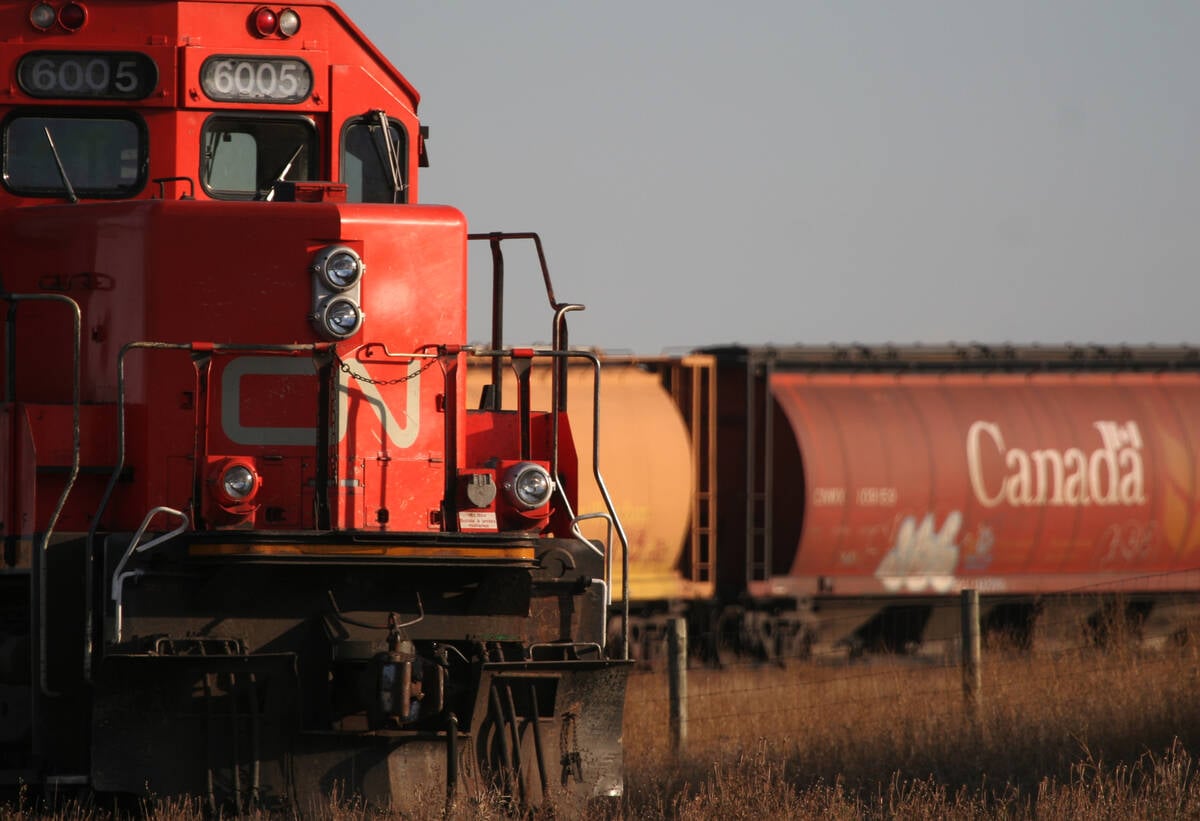Barns are being cleared out, farmers are quitting the business and the next few months look dire for prairie hog producers.
However, there are short-term and long-term silver linings to the black clouds once more engulfing the industry, and if farmers can find a way to survive to next summer they should be in a nice position.
“Things are expected to improve very rapidly next spring and summer,” said University of Missouri hog market economist Ron Plain.
“Meat prices could be way up and feed costs could drop rapidly as we move into summer.”
Read Also

Working groups established to address challenges in the containerized and bulk movement of commodities
CN is working with the pulse and special crops sector on resolving challenges in shipping those commodities.
However, right now hog farmers are in a financial freefall as feedgrain prices skyrocket and finished hog prices plummet.
The high feedgrain prices are due to the U.S. Midwest drought, which has demolished U.S. corn and soybean production this year and will leave the U.S. market short of feedgrains until the South American crop is harvested. Until then, high U.S. prices will attract Canadian grain and force Canadian buyers, such as hog farmers, to bid high to keep the grain.
On the other side of the margin equation, slaughter hog prices have plummeted across North America as Midwest farmers decide to sell hogs early and sell their sow herds rather than feed them through fall and winter.
Packers have slashed their buying prices as a massive flow of hogs hit the packing plants in recent weeks. This is leading to enormous per-pig losses for producers across the continent.
The first and worst hit are weanling producers in Manitoba, who produce piglets for U.S. feeder barns. With farmers in the U.S. clearing their barns early and keeping them empty, there is no market in many regions.
“The interest of people in buying young pigs to feed is minimal,” said Plain.
“If you buy now, you’re going to have to feed them $8 corn and $550 a ton soybean meal.”
That has put an incredible squeeze on weanling producers, who have few buyers and big losses on every sale.
“You can’t store them and you have to feed them,” said Plain.
Manitoba Pork Council chair Andrew Dickson said many Manitoba sow barns are being cleared out, especially for weanling production. Some are being shut down for good because producers can’t handle another few months of losses after the crippling losses of the late 2000s.
Others are being shut down for the fall but will then go back into production.
“In three months they might bring in a bunch of gilts and get going again,” said Dickson.
“But it will be hard to hang onto trained staff.”
It’s a time of great woe for weanling and farrow-to-finish producers, but Dickson sees good times ahead if farmers can survive long enough to get there.
He agreed that meat supplies will be short next summer and there should be big demand for both prairie weanlings and slaughter animals.
‘“It could all switch around quickly,” said Dickson.
“Once U.S. producers see better finished prices five months out, they’ll be buying weanlings again.”
Weanling producers have been the first hit by the drought-induced problems but could lead the industry out as well.
Plain is also hopeful that the fourth quarter won’t be a disaster for slaughter hog producers, even though the present price trend is ugly.
Recent prices have been crushed by the surge of market hogs into packing plants, but this is unlikely to be caused by increased U.S. and Canadian hog production. Rather, it’s due to farmers moving their hogs days or weeks early to save on buying expensive feedgrains.
The U.S. drought has probably pushed pig supplies forward into the packing plants, so there should be fewer of them later in the fall and less chance of a significant glut.















